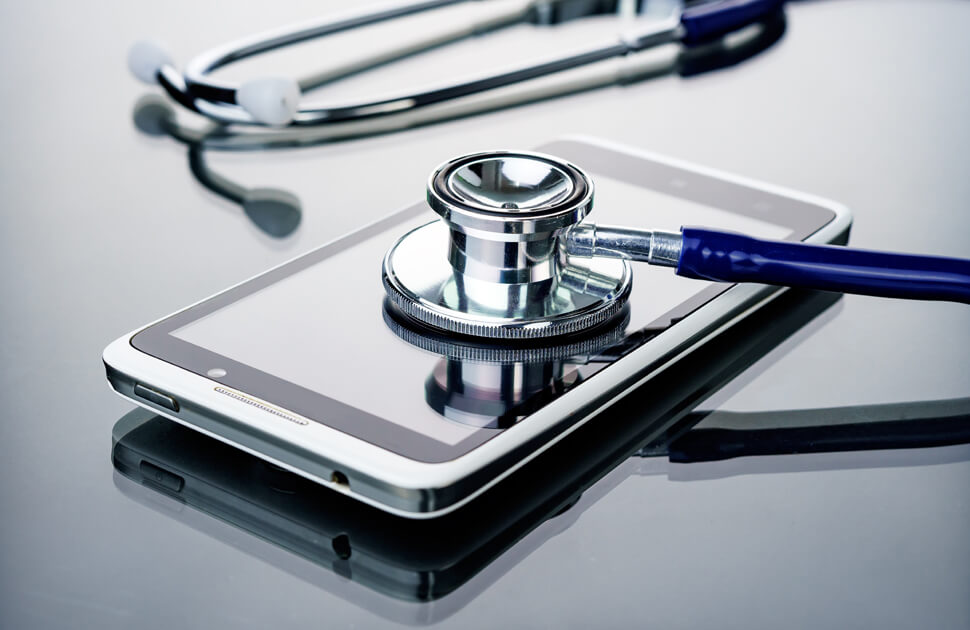Despite all the attention virtual tours have received in recent months, the potential of teleskills to drive operational response and efficiency cannot be overlooked.
In this regard, telemedicine enables applications that can facilitate cost reduction, improved scalability and interoperability, advanced data analytics, and new levels of personal control over patient data. All of these factors can play a role in improving the patient experience.
Healthcare leaders interested in exploring these applications need to consider a new approach to IT architecture that is powered by cloud solutions and enhanced by the potential of 5G.
The Cloud And Telemedicine
Telemedicine needs the cloud. Local applications involve huge amounts of data to send medical images and enable real-time communication between millions of increasingly sophisticated digital health devices. The response to this challenge has been to rely on the computing resources and flexibility of the cloud architecture.
Many organizations in the health sector have realized that progress lies in bringing things closer to home through the “edge cloud”, that is, a cloud solution that has benefits such as lower maintenance costs, ability to keep up with new data requirements and increased security in relation to cyber attacks and internal errors.
Therefore, the combination of cloud solutions and 5G in healthcare provides the result that providers can accelerate the implementation of a telemedicine strategy that fully embraces the potential of Artificial Intelligence (AI), the Internet of Medical Things. (IoMT) and advanced analytics that support the patient experience of the future.
Are IT Systems Up To The Task?
Hospitals and health systems are using cloud capabilities to power some of their biggest initiatives. For example, they use IoMT to generate patient information in real time and avoid possible acute incidents. This only happens when IT systems can optimize a balance of efficiency and security and establish the right size application of telehealth, cloud and 5G technologies.
Right now, most hospitals can’t tell when their equipment fails, how often it’s used, or even where individual devices are physically located. If these devices are securely and privately connected to the edge cloud, hospitals can monitor them. This leads to better cost and operations management, as hospitals have the opportunity to optimize equipment usage, track the location of machines and predict any need for maintenance or replacement.
AI applications work in a similar dynamic, with the potential to predict equipment failures before an accident occurs and even filter images for faster and more accurate diagnoses, goals further enabled by the edge cloud architecture.
The Increasingly Cloud-Based Telemedicine Service
Hospitals and healthcare systems interested in cloud computing and the cloud edge must first identify which existing strategic goals have the greatest potential to help patients. Achieving this as effectively as possible will require knowledge of certain elements, including:
- Trusted cloud providers that can support your level of business continuity and data recovery.
- Security measures that align with risks, both current and future.
- An understanding of normal data traffic patterns that could point to potential malware threats and help detect breaches.
- A well-paced transition process that begins with less complex and sensitive data (such as payroll or email information) to facilitate a slow, measured change.
 Subscribe
Subscribe
 Ask for a demo
Ask for a demo

 3 min
3 min
